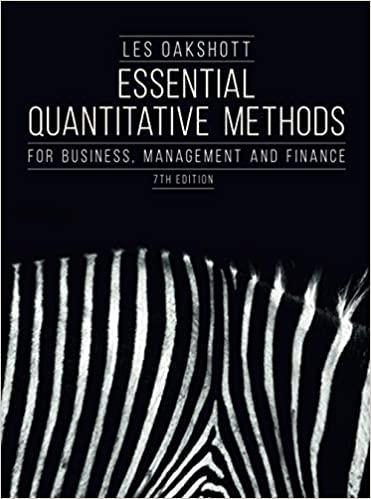Question
question 1. Suppose two projects have the same expected business value. Project A has a very high estimated business value along with a high probability
question 1. Suppose two projects have the same expected business value. Project A has a very high estimated business value along with a high probability of failure. Project B has a much lower estimated business value along with a low probability of failure. If you could do only one of the projects, which one would you choose and under what conditions?
question 2. Planning APM, xPM, and MPx projects is done just-in-time, rather than at the beginning of the project as in TPM projects. How would you defend the statement that TPM projects take longer than any other project in the landscape?
question 3. How might your approach to risk management change as you move from the less risky TPM projects to the riskier APM, xPM, and MPx projects?
question 4. What might you do to increase meaningful client involvement?
question 5. Change is the bane of the TPM project manager and is a necessity for the APM project manager. Is the client likely to be confused about the role of change, and what would you do to mitigate that confusion?
Step by Step Solution
There are 3 Steps involved in it
Step: 1

Get Instant Access to Expert-Tailored Solutions
See step-by-step solutions with expert insights and AI powered tools for academic success
Step: 2

Step: 3

Ace Your Homework with AI
Get the answers you need in no time with our AI-driven, step-by-step assistance
Get Started


